13 Free University building transparent PNG images
Welcome to our University Building image collection, showcasing 13 free AI-generated images that capture the essence of academic architecture and campus life. Browse through our diverse selection of stock photos, 3D objects, vectors, and illustrations depicting everything from historic collegiate Gothic structures to modern educational facilities. Download these high-resolution images for free, and utilize our innovative 'open in editor' feature to customize prompts and regenerate images that perfectly match your vision.
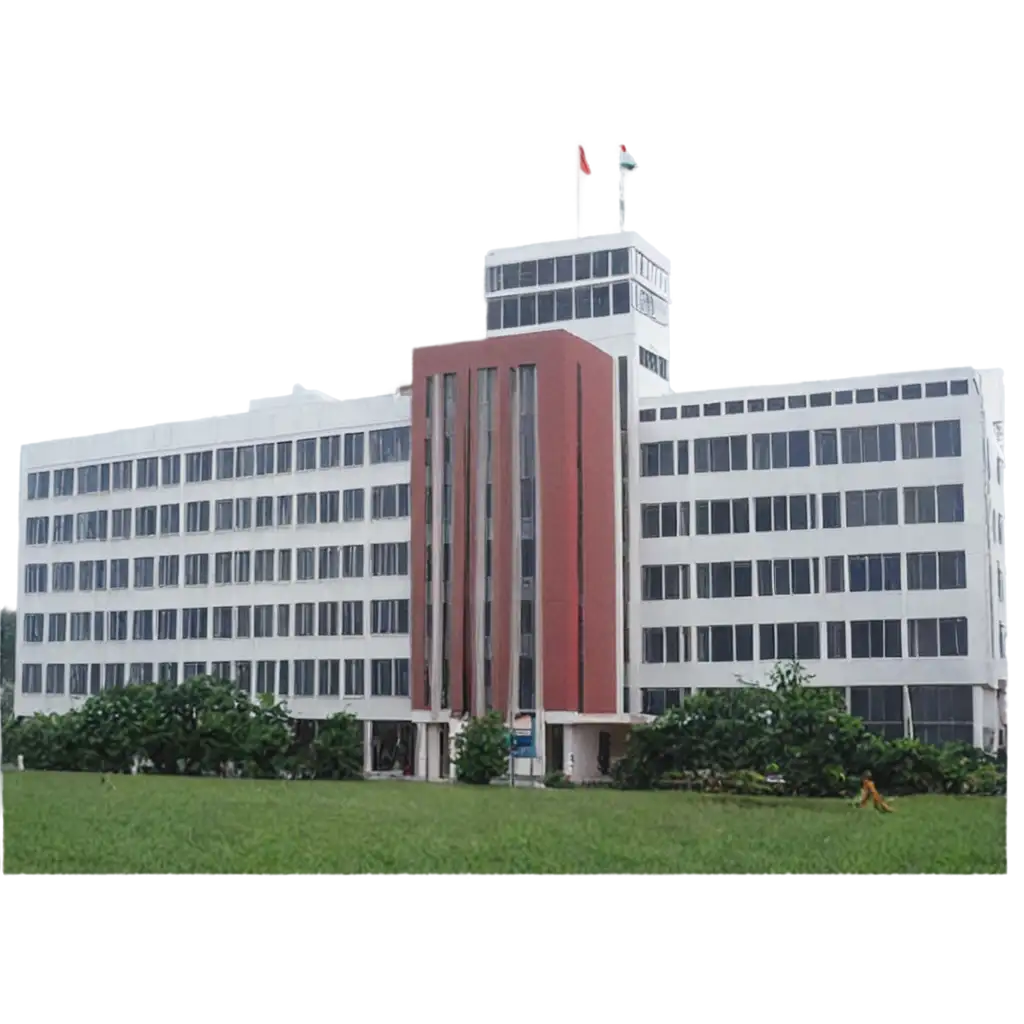
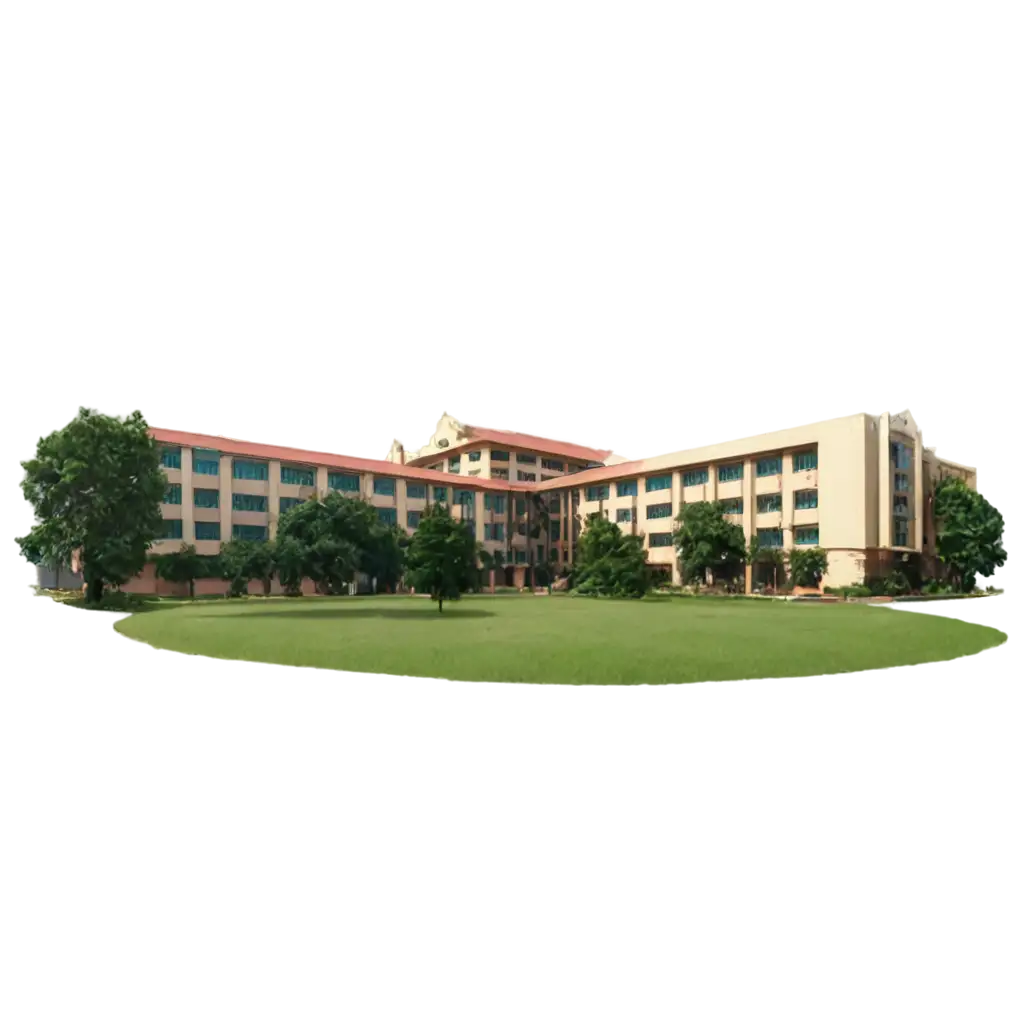
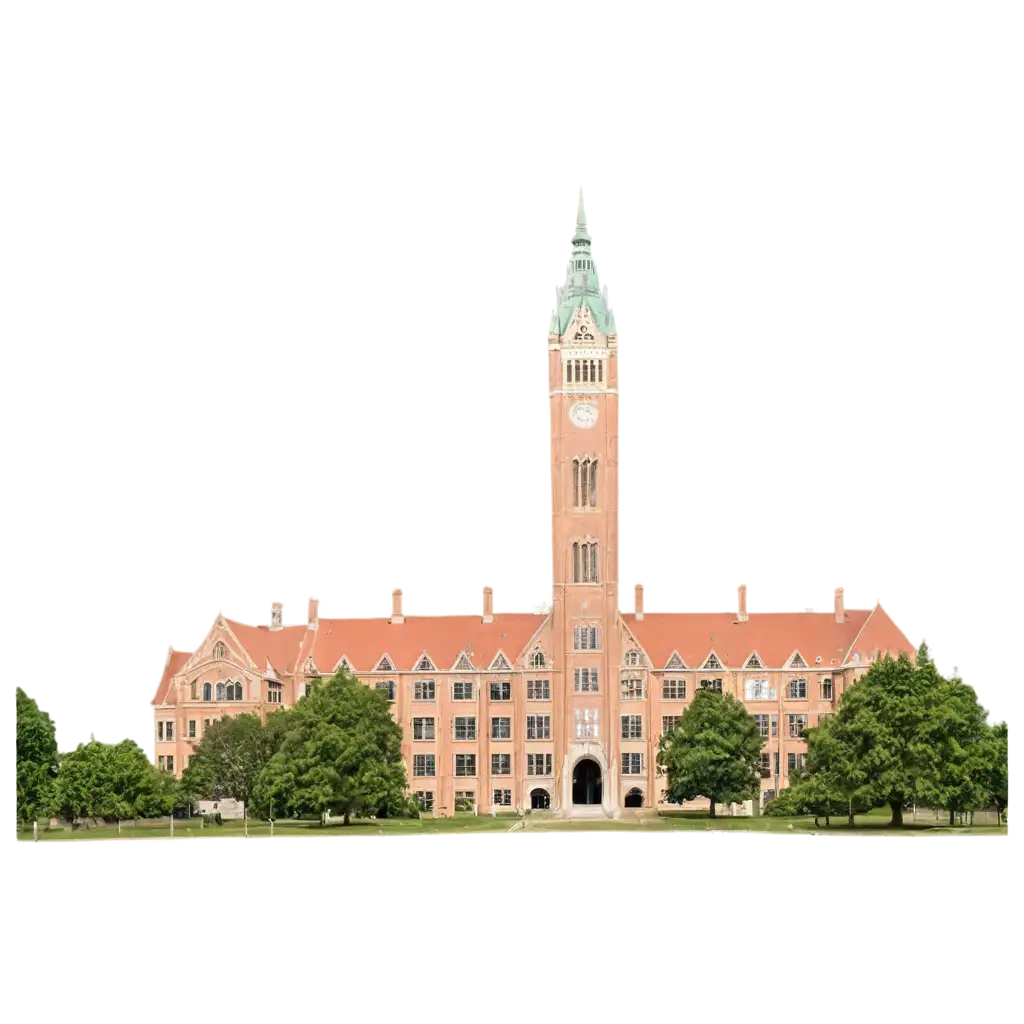

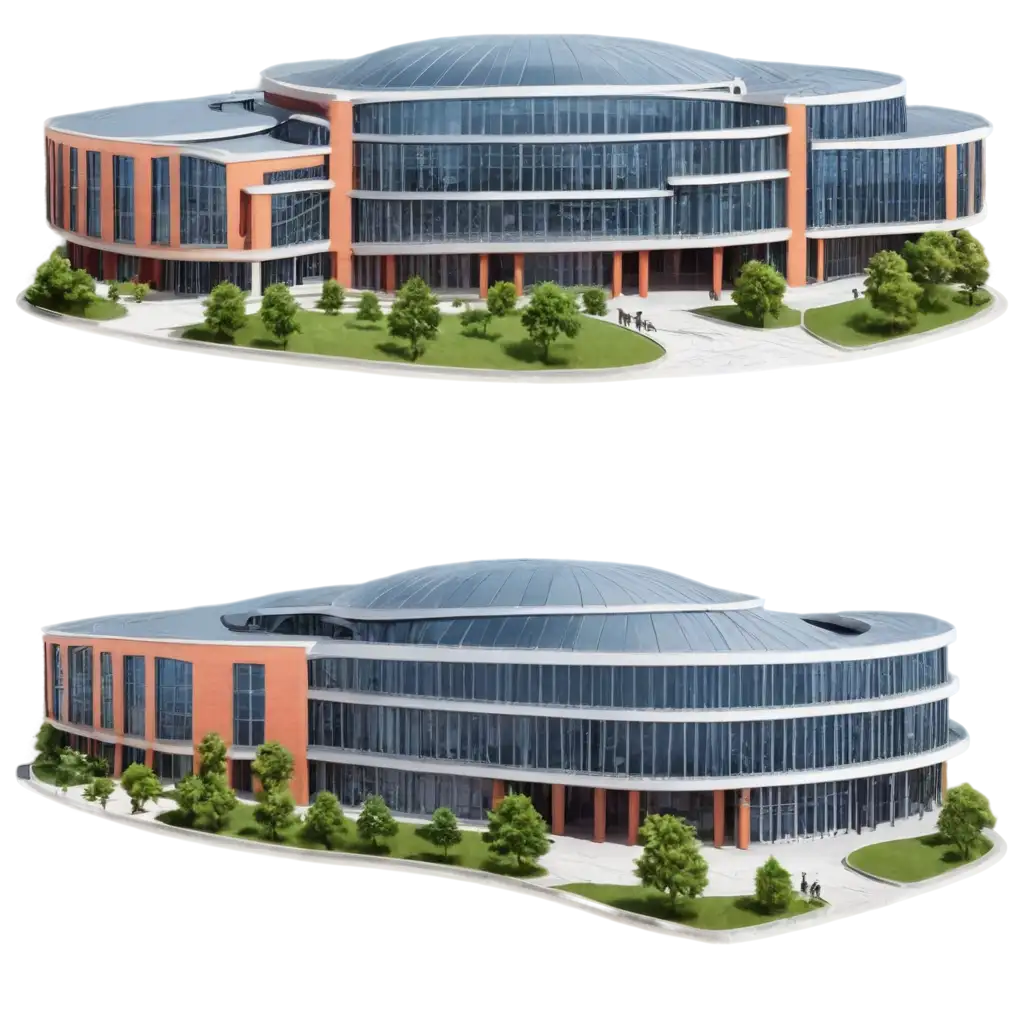
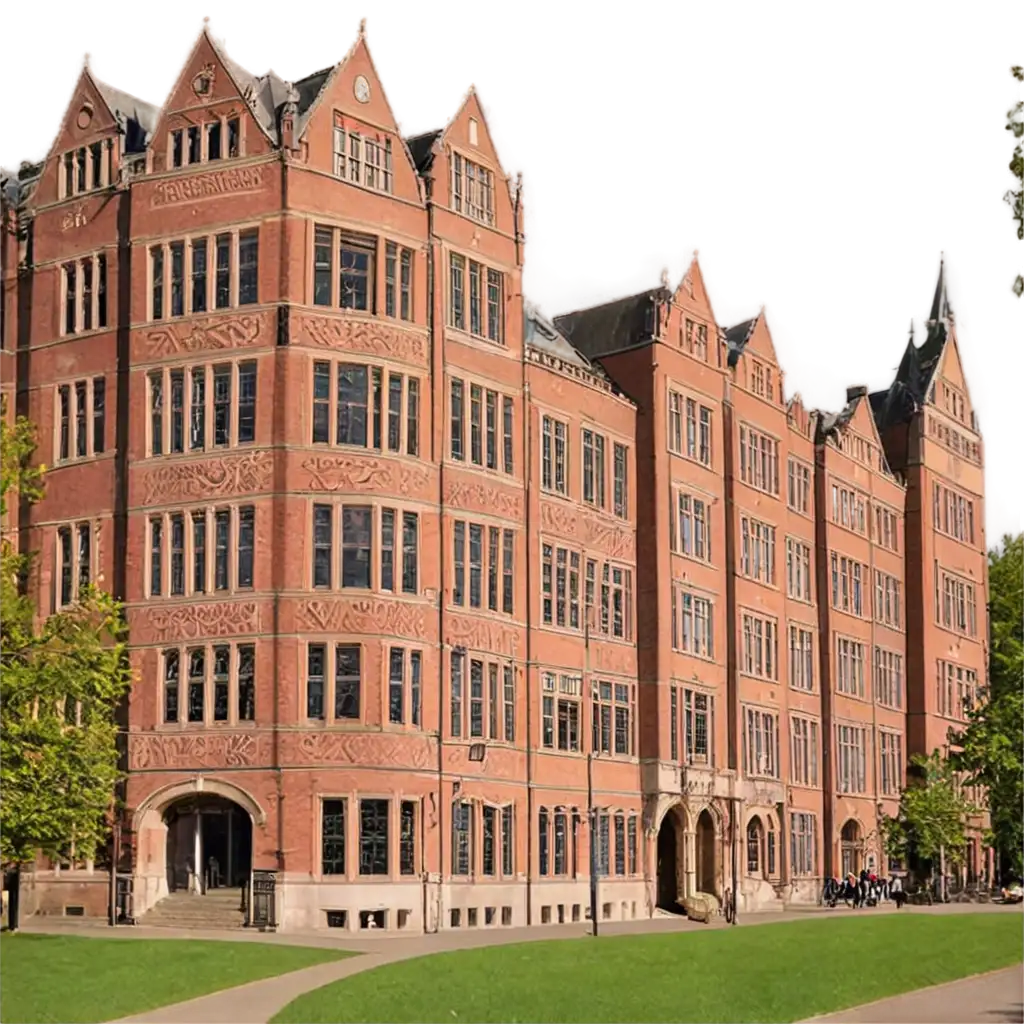


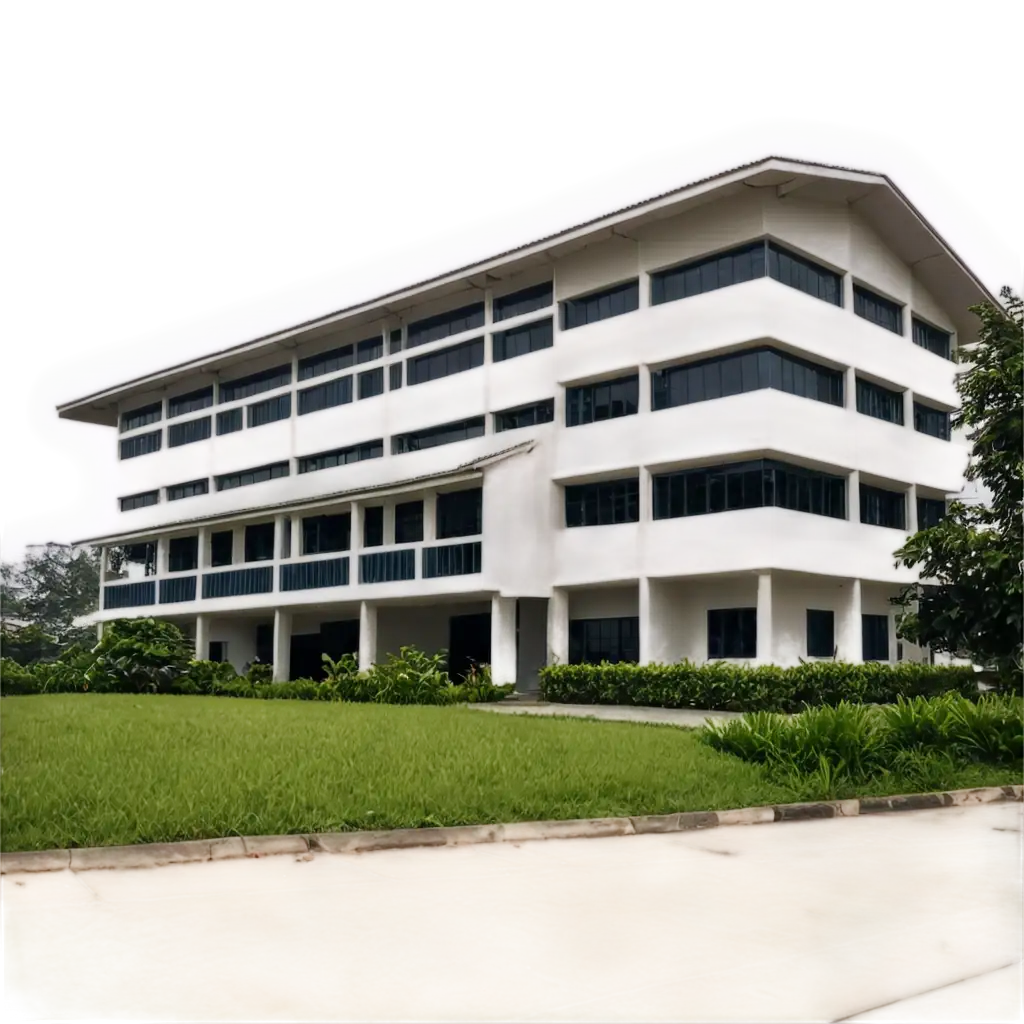
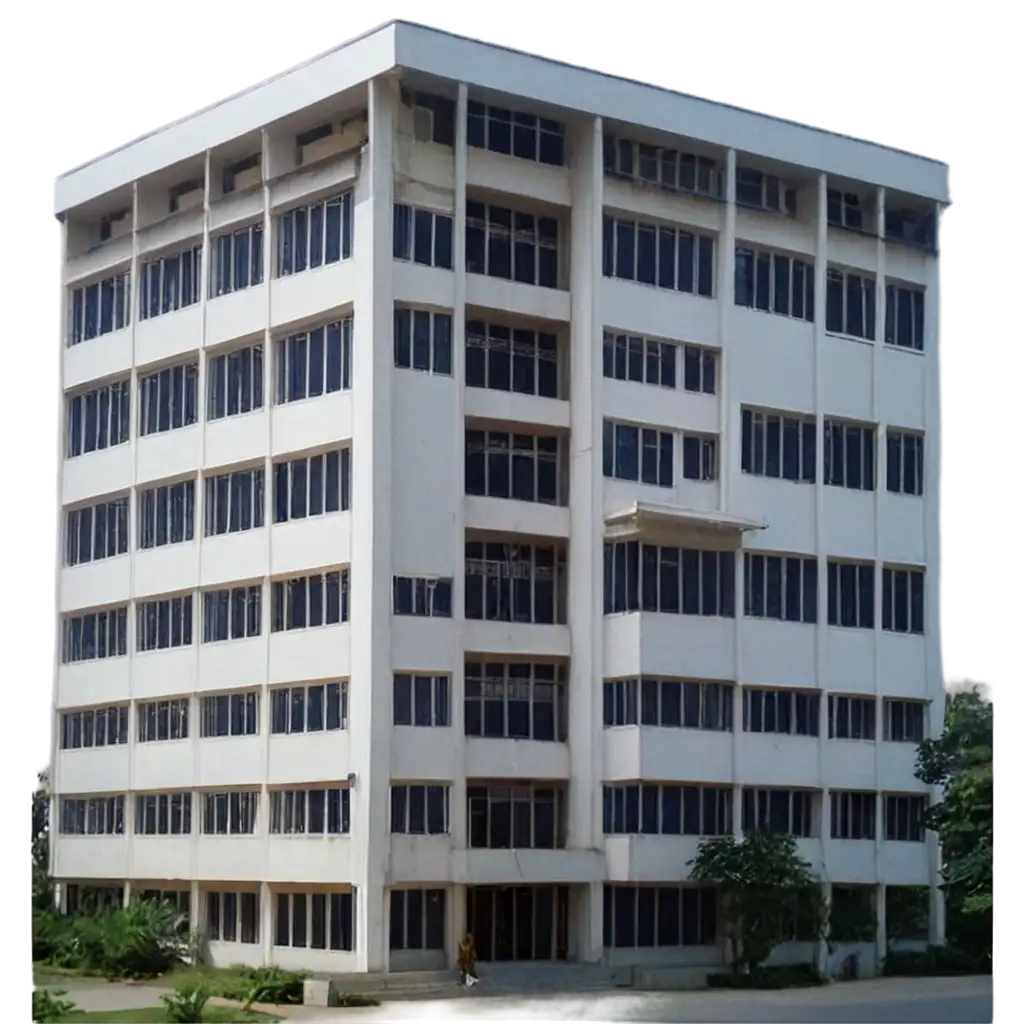

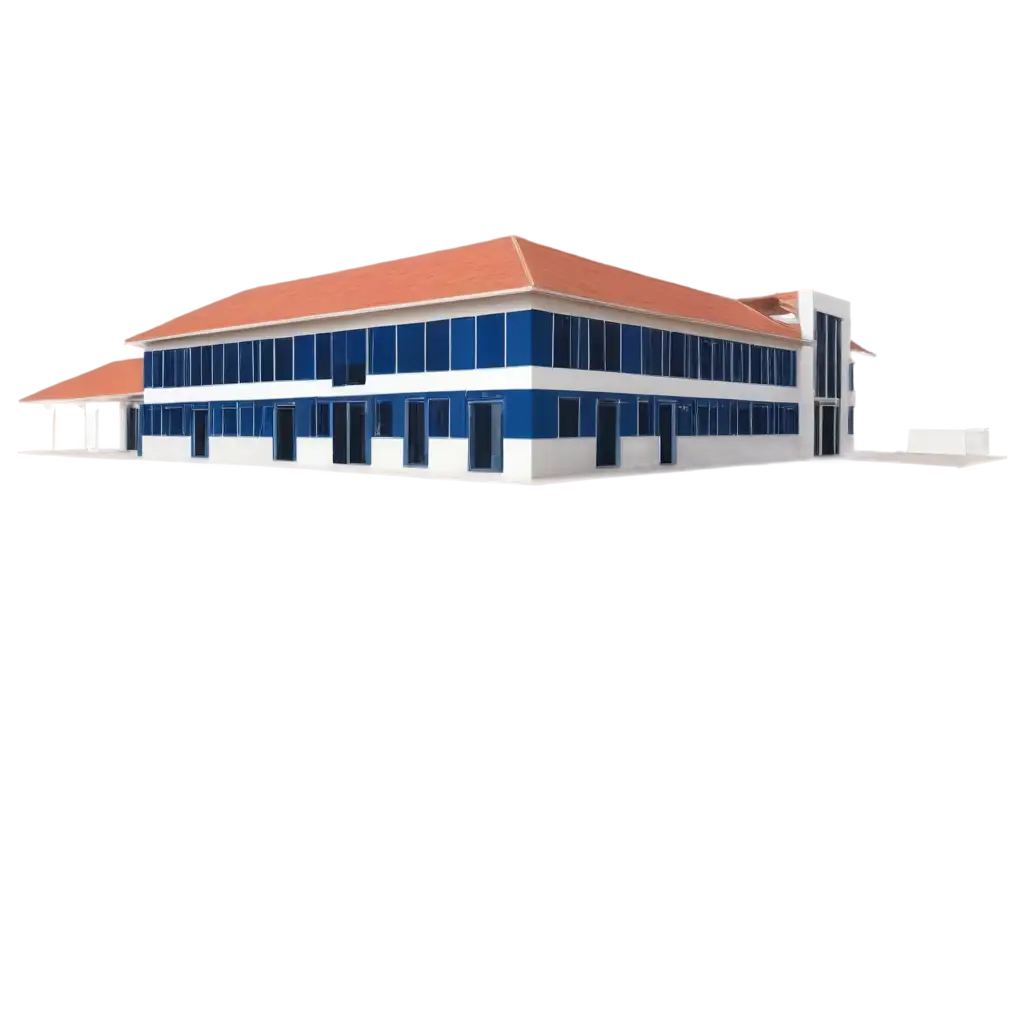

Related Tags
University architecture has transformed dramatically over centuries, reflecting changing educational philosophies and technological advances. Classical collegiate Gothic style, characterized by pointed arches, elaborate stonework, and cloistered quadrangles, dominated campus design from the medieval period through the early 20th century. Notable examples include Oxford's Christ Church College and Yale's Sterling Memorial Library. The mid-20th century saw a shift toward modernist designs emphasizing functionality and innovation, with buildings featuring clean lines, large windows, and sustainable materials. Contemporary university architecture often blends these traditional and modern elements, creating spaces that honor academic heritage while embracing future-focused learning environments.
From Gothic to Modern: Evolution of University Architecture
Modern university buildings incorporate specific design elements that support contemporary educational needs. Flexible learning spaces accommodate various teaching methods, from traditional lectures to collaborative work. Advanced technological infrastructure is seamlessly integrated, with smart classrooms, digital labs, and high-speed connectivity throughout. Sustainability features like solar panels, green roofs, and natural lighting systems reduce environmental impact while creating comfortable learning environments. Social spaces, including student commons, outdoor gathering areas, and study nooks, foster community interaction and informal learning. These design elements collectively create environments that enhance the educational experience while meeting the evolving needs of academic communities.
Essential Features of Modern University Building Design
Iconic university buildings often serve as powerful symbols of institutional identity and academic excellence. Innovative architectural designs can transform campus buildings into landmarks that attract students, inspire learning, and strengthen community bonds. Examples include MIT's Ray and Maria Stata Center, with its bold deconstructivist design, and the University of Cincinnati's Campus Recreation Center, featuring dynamic forms and interactive spaces. These distinctive structures often incorporate cutting-edge materials, unusual geometric forms, and site-specific elements that respond to local climate and culture. Such architectural innovations not only enhance campus aesthetics but also create memorable spaces that support the institution's educational mission.
Creating Distinctive Campus Landmarks Through Architectural Innovation
Research shows that thoughtfully designed university buildings significantly influence student engagement, well-being, and academic success. Well-planned spaces can enhance concentration, creativity, and collaboration through factors like optimal lighting, acoustics, and spatial organization. Buildings that integrate indoor and outdoor spaces promote physical and mental health, while flexible design supports diverse learning styles and teaching methods. The architecture itself becomes a teaching tool, particularly for disciplines like engineering, environmental science, and design, where building systems and materials demonstrate practical applications of theoretical concepts. This relationship between built environment and educational outcomes highlights the crucial role of architectural design in shaping the university experience.
Impact of University Architecture on Student Experience and Learning